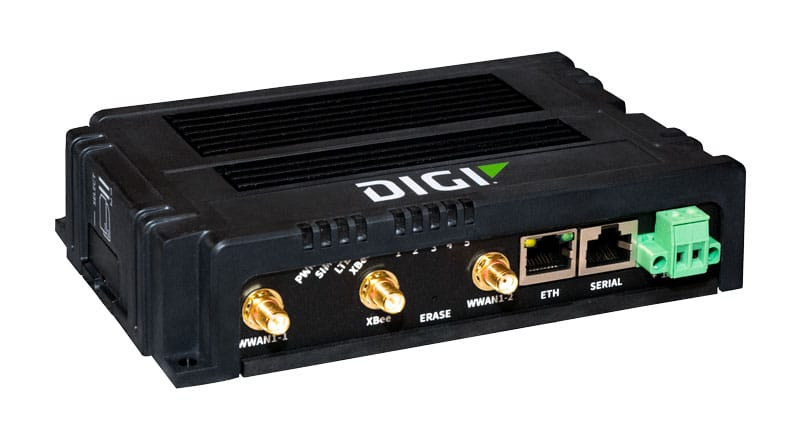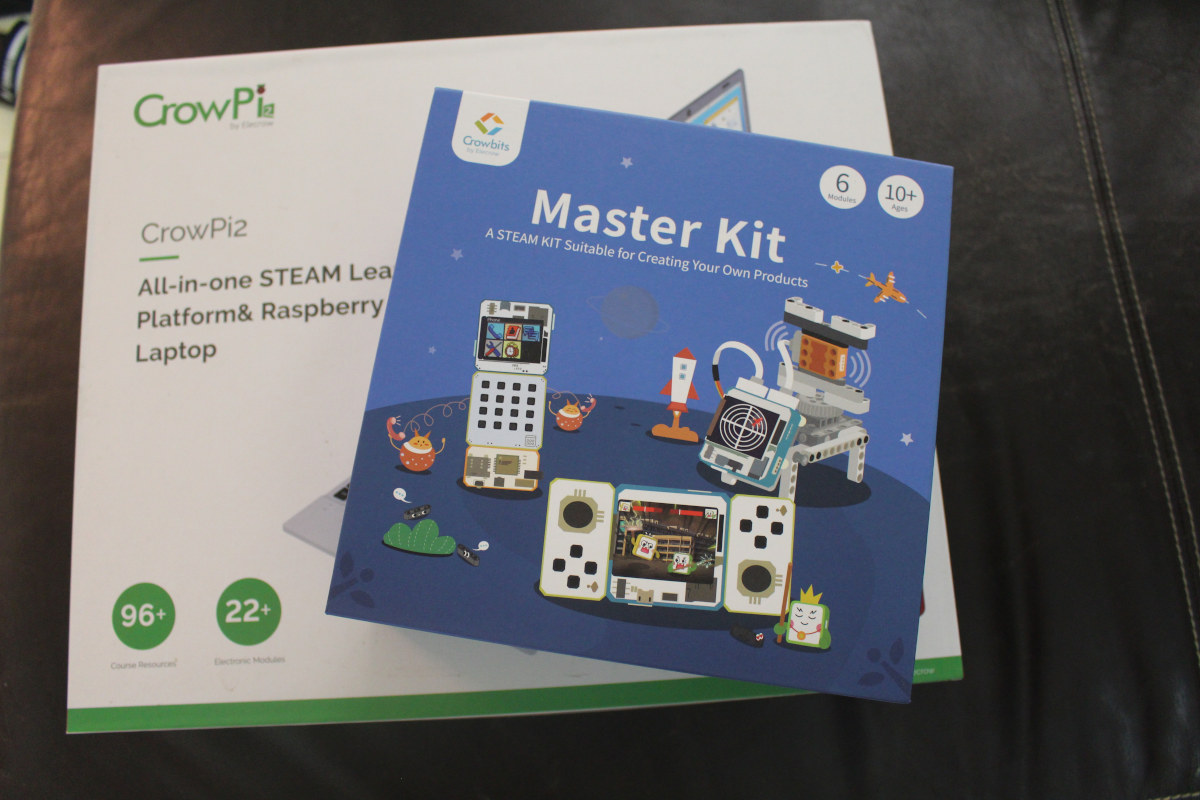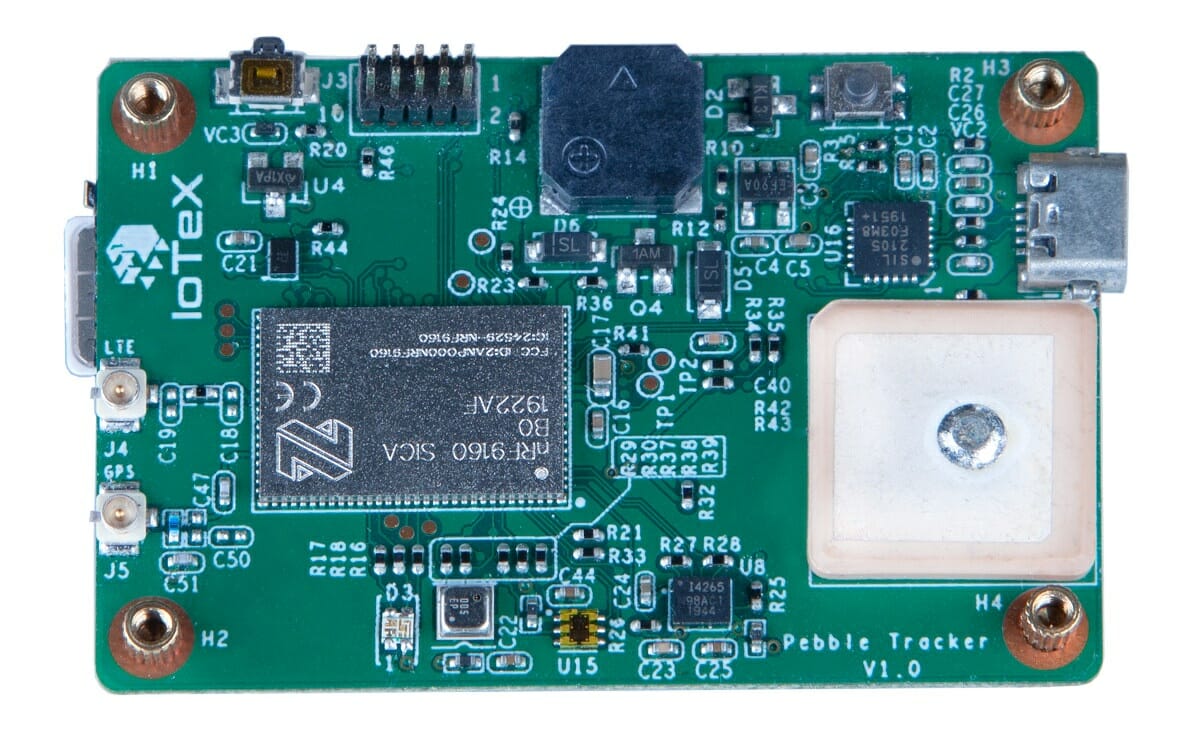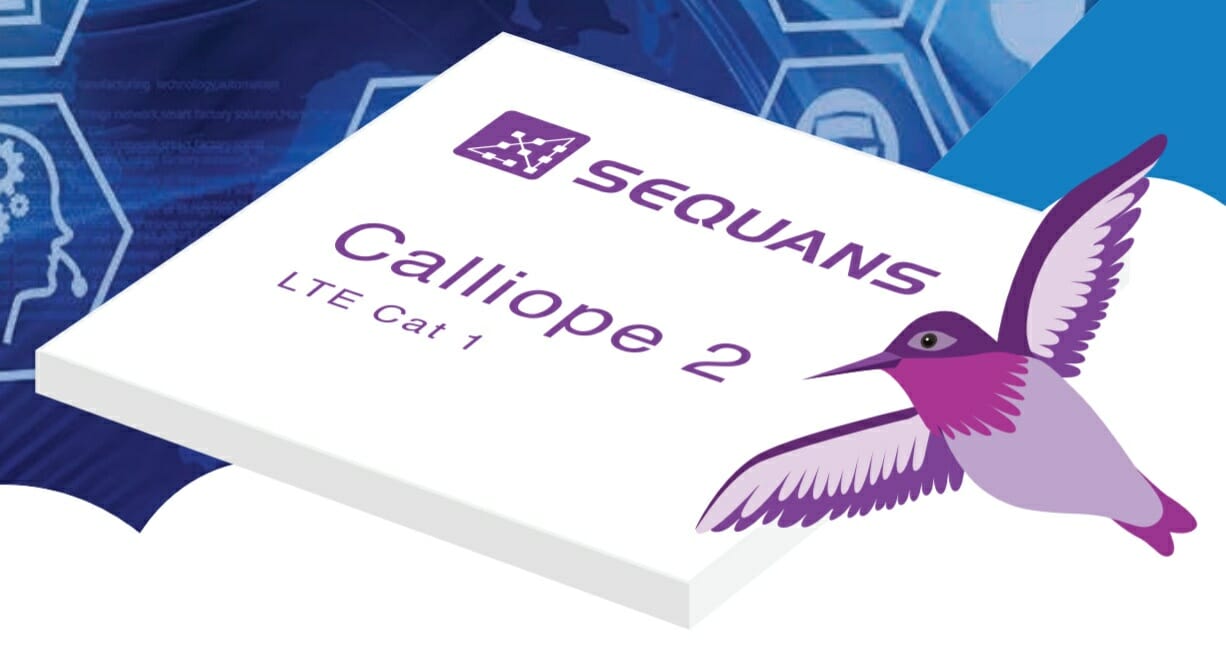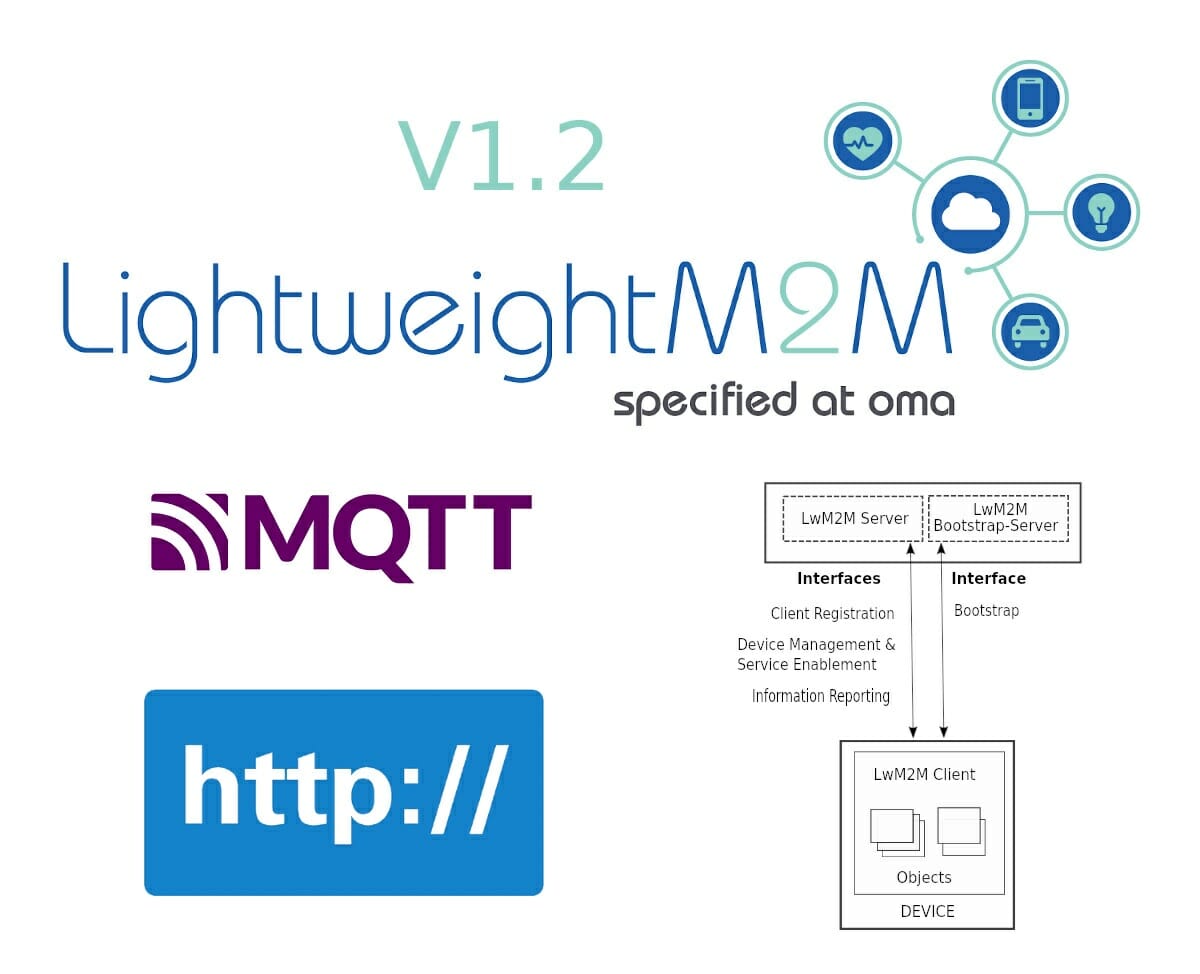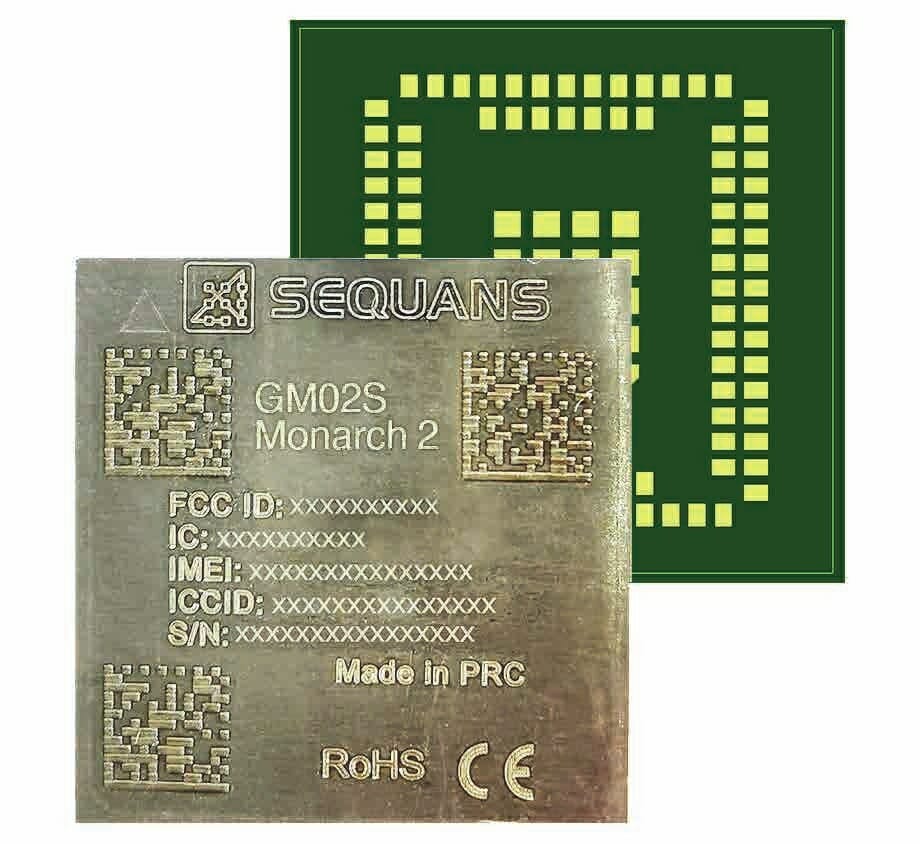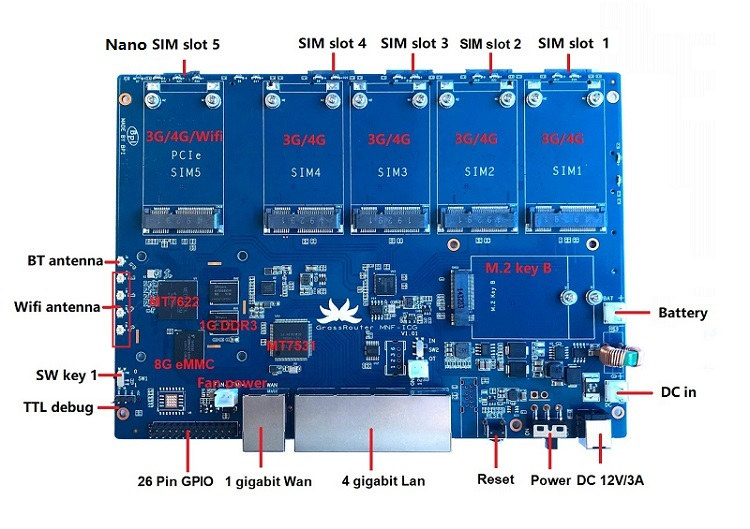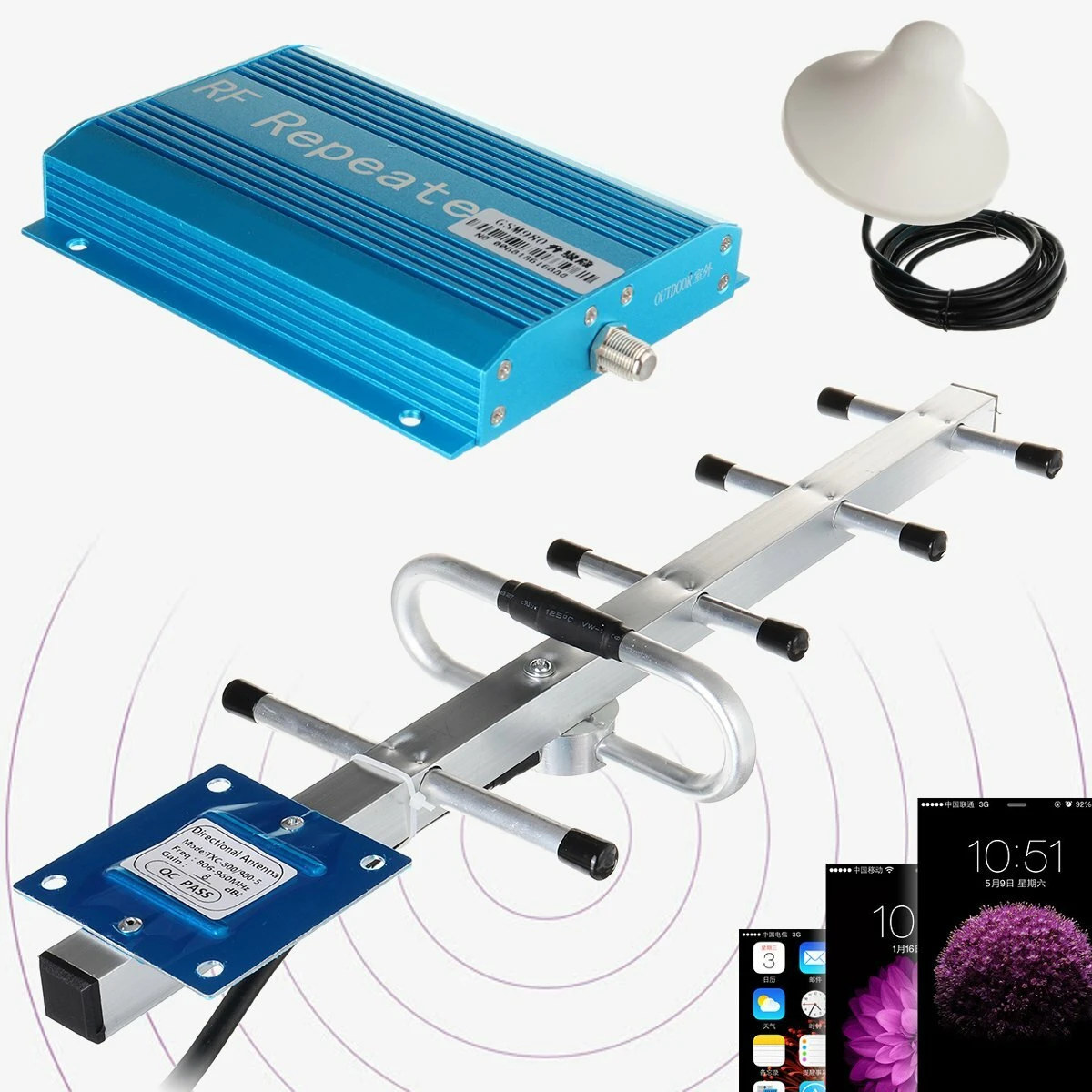Digi International has just announced the Digi IX15 IoT gateway and cellular router with Ethernet and 4G LTE connectivity as well as support for Zigbee, Bluetooth 5.0, 2.4 GHz proprietary via an XBee module. The IoT gateway complies with Class 1 Division 2 (C1D2) certification for environments with flammable vapors or gases, as found in industries such as oil and gas, water/wastewater, energy, and agriculture. It is also programmable through a Python API to enable customers’ specific requirements. Digi IX15 IoT Gateway & Cellular Router specifications: Connectivity 10/100M Ethernet RJ45 port 4G LTE Cat 4 cellular connectivity Supported bands 4G – B1, B2, B3, B4, B5, B7, B8, B12, B13, B18, B19, B20, B25, B26, B28, B38, B39, B40, B41 3G: B1, B2, B4, B5, B6, B8, B19 2G EDGE / GPRS: 850 / 900 / 1800 / 1900 MHz Antenna connector – 50 Ω SMA (center pin: female) 2x […]
Crowbits Master Kit Review – Part 1: A first look at the ESP32 based education kit
Crowbits STEM education kits comprised of magnetic modules launched on Kickstarter a couple of weeks ago. There are five kits increasing in difficulty with the Hello Kit just requiring the student to connect modules to get started, i.e. no programming required, to the Crowbits Master Kit based on a battery-powered ESP32 module suitable to create your own phone, portable game console, radar tower, etc… Elecrow sent me the latter for evaluation, and in the first part of the review, I’ll unbox the kit, see how modules mechanically fit together, and have a quick look at the user manual, before trying one or two projects from the manual in the second part. This is the second STEAM product from Elecrow that I review, as I reviewed CrowPi2 Raspberry Pi 4 laptop last year. Let’s open the package. We have a total of six modules with two joysticks, an ESP32 module with […]
Pebble Tracker nRF9160 GPS & cellular IoT platform connects to IoTeX blockchain (Crowdfunding)
Nordic Semi nRF91-series of Cortex-M33 SoCs with NB-IoT and LTE-M (eMTC) cellular IoT connectivity was first unveiled in 2018. The first member of the family is nRF9160 System-in-Package (SiP) which also comes with GPS, and we’ve found it Nordic’s own Thingy:91 devkit, as well as in various modules and development boards from third parties. There’s now a new kit called Pebble Tracker that features Nordic Semi nRF9160 with NB-IoT, LTE-M, and GPS connectivity, as well as environmental, motion, and light sensors. The cellular IoT prototyping platform works with the IoTeX blockchain to design decentralized IoT solutions with higher security. Pebble Tracker hardware specifications: Wireless module – Nordic Semi nRF9610 SiP MCU Core - Arm Cortex-M33 @ 64 MHz Storage & Memory – 1 MB flash, 256 KB SRAM Connectivity – LTE-M / NB-IoT modem with support for bands from 700 MHz to 2.2 GHz) Security – Arm TrustZone IoT SIM […]
Calliope 2 – An LTE Cat-1 IoT platform with VoLTE support
We have already seen Sequans’ Low Power LTE-M/NB-IoT Module – the Monarch 2. Sequans, popular for its product portfolio based on Monarch LTE-M/NB-IoT and Calliope Cat 1 chip platforms, has continued to release more products with the latest announcement of the Calliope 2 LTE Cat-1 Platform (Chip). This solution is designed for IoT applications that require a higher data rate of more than 100 kilobits per second. One of the key elements of the IoT industry is to choose a network connection that is cost-efficient and provides excellent coverage along with global coverage that enables roaming and voice over LTE (VoLTE) made possible with Cat 1. Why having audio and voice for IoT applications you may ask? That’s mostly useful in machine-to-human and human-to-machine communications such as command, control, and alerts. “Calliope 2 complements our Monarch 2 LTE-M/NB-IoT product family and makes Sequans a one-stop-shop for virtually all IoT applications—ranging […]
LwM2M v1.2 M2M & IoT device management protocol adds support for HTTP and MQTT, LwM2M gateways
Lightweight M2M (LwM2M) is a REST-based protocol from the Open Mobile Alliance (OMA) for M2M & IoT device management that defines the application layer communication protocol between an LwM2M server and an LwM2M client running on an IoT/embedded device. While LwM2M v1.0 was published in early 2017, we first covered the new protocol a year earlier as Imagination Technologies released the source code for the LwM2M stack running on MIPS Creator Ci40 development board. Since then we’ve mostly seen the LwM2M protocol supported in cellular LTE IoT modules including Quectel BC66 and u-Blox Sara-R410M, as well as the now-defunct Samsung Artik WiFi IoT modules. LwM2M v1.0 was followed by v1.0.1 and v1.0.2 for bug fixes, and v1.1, but OMA has now announced LwM2M v1.2 protocol that adds the following new features: New transports for LwM2M: MQTT and HTTP Optimizations for the bootstrapping and registration interfaces to reduce the amount of […]
Sequans Monarch 2 GM02S LTE IoT module is “5G-ready” for “Massive IoT”
A couple of days ago, Sequans published a press release announcing the availability of Monarch 2 GM02S “5G-ready” LTE-M/NB-IoT module with power consumption further reduced by 60 percent, featuring an GSMA-compliant integrated SIM (ieUICC), and designed for “Massive IoT” applications. Wait… What is “Massive IoT”? Ericsson explains: Massive IoT refers to applications that are less latency sensitive and have relatively low throughput requirements, but require a huge volume of low-cost, low-energy consumption devices on a network with excellent coverage. The growing popularity of IoT use cases in domains that rely on connectivity spanning large areas, and are able to handle a huge number of connections, is driving the demand for massive IoT technologies. I see… That’s what I used to call LPWAN (Low-power wide-area network) applications, but for sure “Massive IoT” sounds much more cool. Monarch 2 GM02S Let’s go back to the module with Sequans Monarch 2 GM02S key […]
Cellular gateway board takes up to five 4G mini PCIe cards, one 5G M.2 module, seven SIM cards
One Banana Pi customer asked them to customize Banana Pi BPI-R64 Linux router board based on MediaTek MT7622 WiFi processor as part of their “BPI 4.0 server” OEM/ODM customization service. Specifically, they were asked to design a cellular gateway board with the same five Gigabit Ethernet ports as on the original board, but adding five mini PCIe sockets and SIM card slots for 3G/4G cards, and one M.2 socket plus two SIM cards for a 5G module. Here’s the result! Banana Pi “GrassRouter” cellular gateway board specifications: SoC – MediaTek MT7622E dual-core ARM Cortex-A53 processor @ 1.35GHz System Memory – 1 or 2GB RAM Storage – 8GB eMMC flash, MicroSD card slot Connectivity Cellular 1x 5G via M.2 Key-B module (USB 3.0 or PCIe bus), 2x SIM card slots. Up to 5x 3G/4G LTE via mPCIe expansion socket, 5x SIM card slots Ethernet – 5x Gigabit Ethernet ports (4x LAN […]
GSM repeater & signal booster extends 2G/3G/4G cellular coverage in your house or building
If your WiFi router range does not cover some of your rooms what do you do? You install a WiFi repeater or some of the more recent WiFi mesh networking solutions. What I did not know is that you can do something similar for cellular connectivity if you don’t quite get a reliable signal from your telco’s base station. Specifically, I’ve just come across a 900 MHz GSM repeater & signal booster that claims to be able to extend the 2G, 3G, and 4G cellular signal in a 100 to 300 m2 area, and sold for $59 on Banggood. Here are the specifications listed for the GSM repeater: Operating Frequency Band – GSM Uplink: 890-915Mhz Downlink: 935-960Mhz Gain: 70dbm Outdoor Directional Antenna Gain – 8dB Compatible with 2G / 3G / 4G cell phone signal Power Supply – 12V DC via 110-240V DC adapter Dimensions – 135 x 105 x […]


